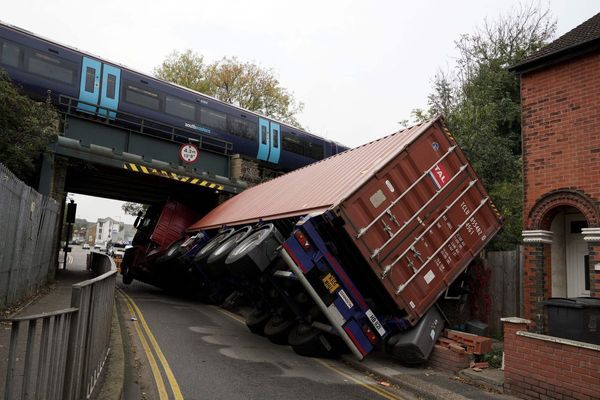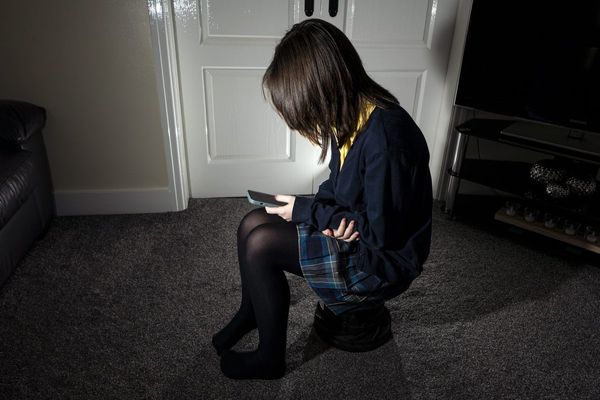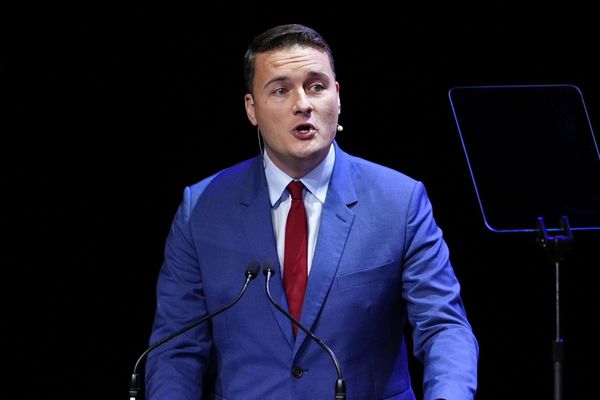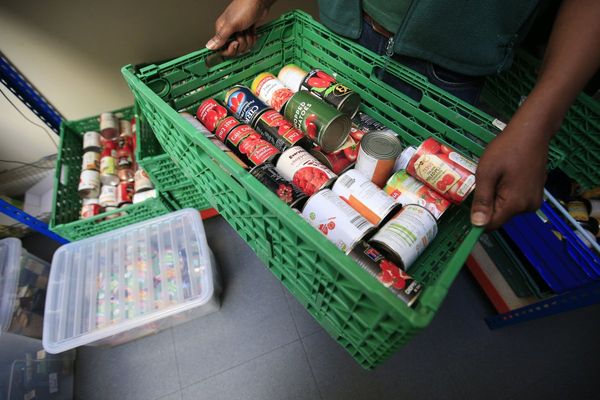
The US screenwriters’ strike, now heading into its fourth week, marks the first concerted push-back by unionised workers against the mechanisation of creativity through artificial intelligence.
It’s a very modern Luddite moment. Like that early-19th-century workers’ protest, it’s a battle by skilled craftspeople to assert the profound humanity of their work in the face of the technology of industrialisation.
The technological determinists of late capitalism — the sort of people who, as David Roth said last month, are employed to find new ways of saying “actually, your boss is right” — shrug with a cynical sneer of inevitability.
But the strikers are asking a more profound question: what’s the value of creative work if there’s no human creativity behind it? To preserve the humanity of their enterprise, the Writers Guild of America is demanding a ban on using AI to write or rewrite literary material or as source material, together with a block on training AI on material prepared by the unionised writers — you know, actual people.
The Hollywood deals are global pace-setters, though success for American writers won’t be the end of AI battles in creative industries. But if the strong US entertainment unions can’t beat the big studios, it’s going to be hard-going for anyone else, particularly in Australia, which is so integrated into Hollywood’s global supply chain of modern media production.
The strike is a symptom of the ongoing disruption of the entertainment industry driven by streaming. The big US studios are responding in the only way they know: cutting costs with cheaper programs and bolstering paywalls with their own streaming products.
It’s come as the collapse of the last large-scale alternative to streaming — cable distribution — is accelerating. Fox and CNN are lurching around in search of an audience, with one sacking an out-of-control host and the other embracing an uncontrollable Trump. CNN has slumped down to Australian Sky’s level of relevance, and Disney has foreshadowed dumping cable for a stand-alone streaming service of its high-profile sports channel ESPN.
The AI ban is just part of the writers’ response. The Guild says writers’ pay has dropped 23% in real terms over the past decade. They want higher rates that reflect the ubiquity of streaming, including a viewership-based residual payment for programs with more viewers (and more transparent data on who is watching what) along with minimum staffing levels to sustain quality and jobs.
The previous writers’ strike in 2007–08 — which extended union contracts to cover work for then-nascent streaming services — lasted 100 days; the one before, in 1988, for 153. This year’s strike could get bigger before it gets smaller. Picket lines are already shutting down productions in the US (Variety has a running tally).
Contracts for the Screen Actors’ Guild (SAG) and the Directors’ Guild expire on June 30. The actors’ union has already started balloting for a strike authorisation if talks break down. That strike would immediately involve SAG members working on US productions in Australia.
Over the past two decades, Australia has tied its film production industry ever more closely to the US. Forty off-shore productions in the past five years have made the Hollywood studios key employers in the local industry. It’s come coupled with foreign ownership of important sectors of the Australian industry, such as Disney’s Moore Park studio, Netflix’s buyout of animation company Animal Logic for more than $700 million, or Paramount Global buying Network Ten as a launch pad for its own streaming service.
And, of course, the Delaware-registered News Corp has a controlling stake in Australia’s own struggling pay-television provider.
The US strike could delay the impact of the 2023 budget’s cultural spend to reimburse the studios with 30% of the money they spend in Australia on big-budget film and television. Replacing the previous Morrison government’s fixed-term Location Incentive, the new continuing Location Offset is estimated to cost about $112 million over four years, in exchange for the studios spending over $400 million. (Never get in the way of studios and a bucket of money; these payments are the cost of doing business if you want a domestic industry.)
Perhaps the strike could fast-forward production of the Australian content quotas that the government’s National Cultural Policy has imposed on the big streamers from next year.







